The National Capital Region (NCR) entered a new era of connectivity on August 17, 2025, with the inauguration of two mega highway projects—the Delhi section of the Dwarka Expressway and the Urban Extension Road-II (UER-II). Built at a combined cost of nearly ₹11,000 crore, these corridors are not just about easing congestion; they are catalysts of a fresh growth cycle across NCR’s peripheral cities. For Sonipat, UER-II marks a turning point, much like Gurugram’s transformation two decades ago when expressways and industrial hubs set the stage for its meteoric rise.
Connectivity That Redefines Potential
UER-II corridor creates a bypass linking Alipur to Dichaon Kalan. By diverting heavy traffic away from Delhi’s saturated Inner and Outer Ring Roads, it directly benefits peripheral hubs such as Sonipat. Bottlenecks at Mukarba Chowk, Dhaula Kuan, and NH-9 have long slowed freight and commuter traffic. UER-II addresses these pain points, while a dedicated spur ensures that Sonipat enjoys seamless connectivity to Delhi and beyond.
For industries in Kundli, Rai, and Murthal, this means faster goods movement without Delhi’s congestion. For residents, it means quicker commutes and easier access to Delhi’s jobs, education, and lifestyle hubs. With the Indira Gandhi International Airport now just 40–45 minutes away, Sonipat’s appeal for global investors and business travelers grows substantially.
IMT Kharkhoda: Sonipat’s Industrial Gamechanger
What truly parallels Gurugram’s growth story is the Industrial Model Township (IMT) Kharkhoda, where Maruti Suzuki has set up its largest-ever manufacturing facility. Spread across 900 acres, the plant will roll out up to 10 lakh vehicles annually and create 11,000 direct jobs for skilled, semi-skilled, and unskilled youth. Alongside, multiple ancillary and supplier units are expected to cluster around, unlocking opportunities for MSMEs and service providers.
Just as the auto ecosystem anchored Gurugram–Manesar’s rise, IMT Kharkhoda is set to reshape Sonipat’s economic identity. The presence of Maruti Suzuki provides both employment opportunities and credibility, attracting further industrial and commercial investments to the region.
Real Estate Momentum: Early Entry Advantage
Developers are already recalibrating their strategies, positioning Sonipat as an affordable yet well-connected alternative to Gurugram and Noida. With land still available at a fraction of prime NCR prices, integrated townships, plotted developments, and mixed-use projects are gaining traction. Analysts expect property appreciation of 15–20% in the near term, echoing the price trajectory once seen along the Dwarka Expressway. For homebuyers and investors, Sonipat represents an opportunity to enter early into what many believe will be NCR’s next growth corridor.
Knowledge, Commerce, and Lifestyle Hubs
Beyond industries and housing, Sonipat is nurturing complementary urban ecosystems:
- Rajiv Gandhi Education City (RGEC): Spread across 5,000 acres in Rai tehsil, this education and research hub is envisioned as a cluster of universities, medical colleges, and technical institutes. It positions Sonipat as a talent hub, much like Gurugram’s proximity to educational centers fed its corporate growth.
- Emerging Retail Destinations: Planned commercial spaces, including modern versions of Delhi’s Khari Baoli Market, Bhagirath Palace, and Ganaur Market, are set to transform Sonipat into a regional retail magnet. These will create local jobs while enhancing the city’s commercial vibrancy.
Multimodal Infrastructure in Motion
Sonipat’s rise is also backed by a matrix of connectivity projects beyond UER-II:
- The Delhi–Panipat Regional Rapid Transit System (RRTS), part of the Namo Bharat network, will connect Sonipat, Kundli, Ganaur, and Panipat to Delhi within an hour, providing high-speed, sustainable commuting.
- The Kundli–Manesar–Palwal (KMP) Expressway, the Delhi–Amritsar–Katra Expressway, and upcoming logistics parks further integrate Sonipat into India’s northern growth corridor.
UER-II itself is not just a feat of engineering but also a symbol of sustainable infrastructure development. Nearly 10 lakh metric tonnes of material recovered from Delhi’s landfill waste were used in its construction, aligning with the growing emphasis on eco-friendly practices in urban planning.
This multimodal infrastructure strengthens the city’s appeal not only as a residential destination but also as a logistics and manufacturing hub.
Sonipat: Gurugram’s Successor in the Making
For years, NCR’s development was centered on Delhi and its immediate neighbors, putting unsustainable pressure on the capital’s infrastructure. Today, with UER-II and complementary projects, growth is being redistributed. Sonipat, with its industrial depth, affordability, and unmatched connectivity, mirrors the conditions that once propelled Gurugram into the global spotlight.
The combination of IMT Kharkhoda’s auto hub, Rajiv Gandhi Education City’s talent base, new commercial and retail developments, and multimodal connectivity positions Sonipat as NCR’s next growth epicenter. For developers, it is fertile ground to launch ambitious projects; for investors, it is a chance to capture early appreciation; and for residents, it promises a lifestyle where opportunity, affordability, and connectivity converge.
Conclusion
The inauguration of UER-II is more than an infrastructure milestone—it is the defining catalyst for Sonipat’s transformation. Much like Gurugram’s expressway-led boom two decades ago, Sonipat is now poised to script its own success story. With industrial powerhouses, world-class education, upcoming retail hubs, and robust infrastructure converging, Sonipat is no longer an industrial outpost on Delhi’s edge. It is emerging as the next chapter in NCR’s growth narrative—where industry, real estate, and opportunity meet.
Authored By;
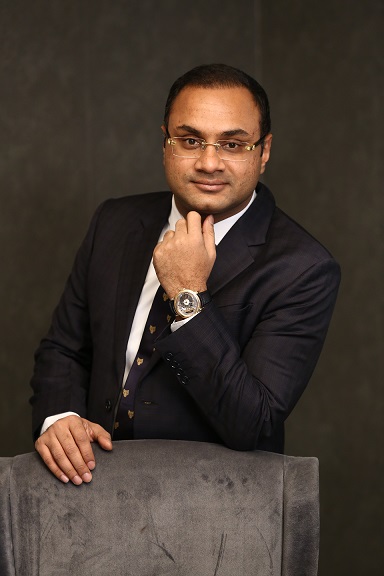




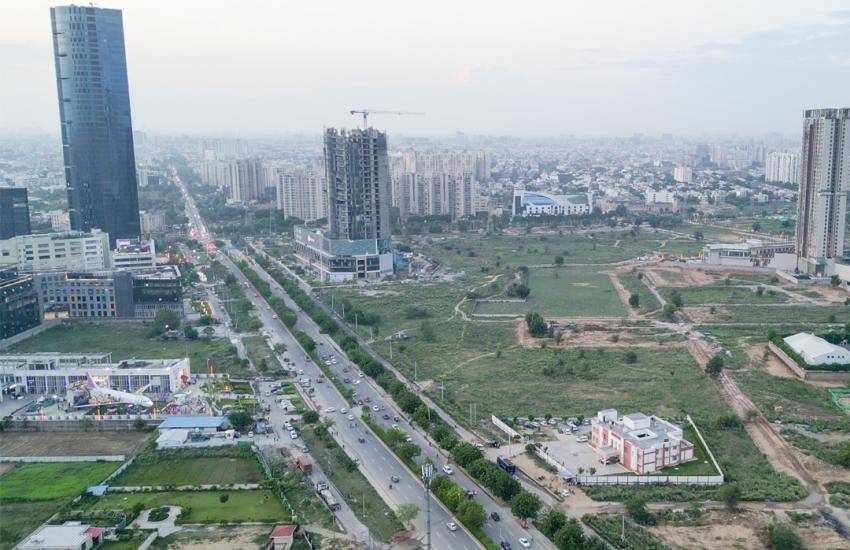
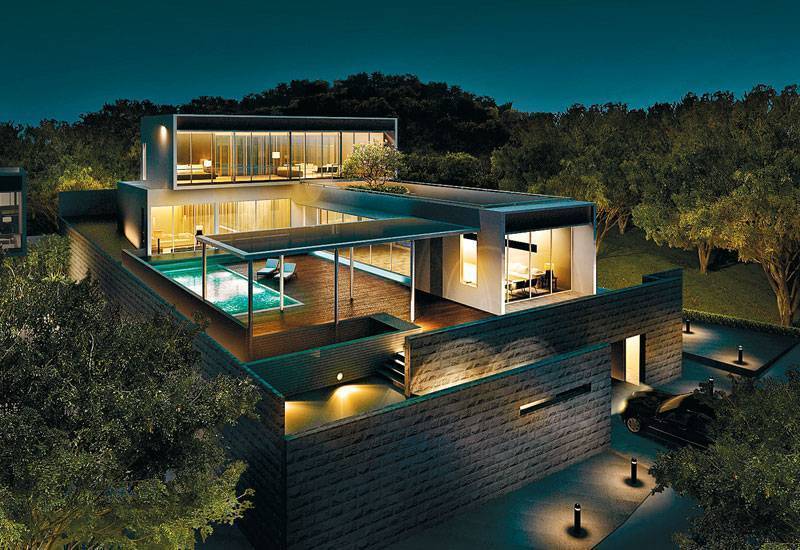
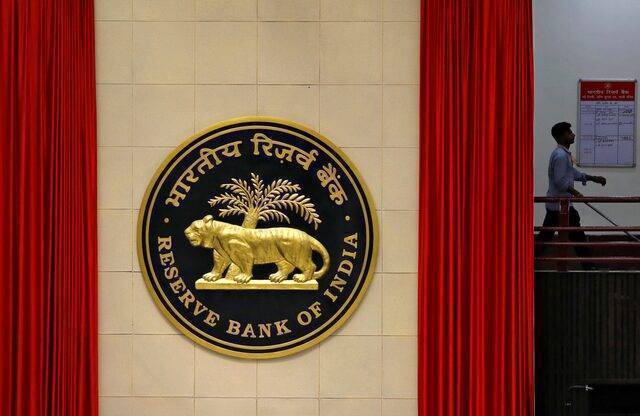

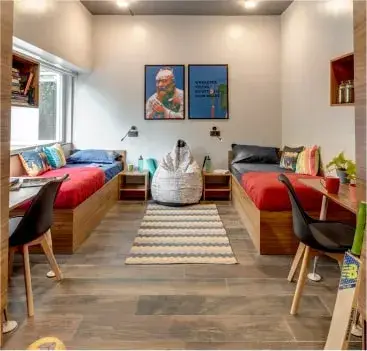
.png)